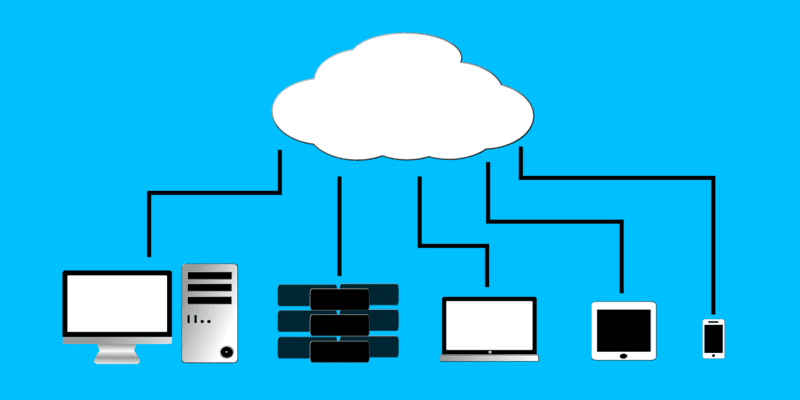9 Expert Tips For Successful Enterprise Cloud Migration

Cloud migration is not as easy as flipping a switch. It requires you to take a step back and create the right deployment strategy in order to ensure a smooth transition. Your strategy will depend on the service and platform you are using and how much customization it offers. But, to ensure that your enterprise cloud migration plan becomes a success, there are a few tips that you should follow. Read on to learn what they are:
1. Have Clear Goals
The decision of enterprise cloud migration should not be based on the hype. You should know exactly why you want to migrate to the cloud. This includes the specific goals you want to achieve, your objectives, requirements, and constraints. Then, as per this information, you can start mapping out the characteristics and features your infrastructure must have in order to meet these goals. It will help you develop the right deployment strategy.
2. Understand Your Application’s Infrastructure
You run your business using certain applications. But, these applications need a certain infrastructure to run, such as physical or virtual servers and containers. Apart from this, they also communicate through networks, interact with third-party systems, rely on middleware, query databases, and sit behind firewalls. What you need to do is to get an understanding of the architecture of your application, including every single component, integration, and dependency. Only after you have figured this out can you consider migrating to the cloud. If you don’t have knowledge of how your application has been built and designed and the environment configuration it needs for operation, you might end up spending more.
3. Fix Any Performance Issues
Any issues that you have regarding performance need to be fixed before cloud migration. This includes fixing noisy alerts, optimizing database queries, eliminating false positives, or any other issue that you might be dealing with. Undertaking cloud migrating is a challenging decision on its own. If your application is already having issues, the whole endeavor will become very messy. Tuning up your application beforehand will save you a lot of time and unnecessary effort.
4. Get Resources And Prepare Your Team
In order to migrate to the cloud, you need the right team with the required expertise to facilitate the migration process. You also need to check if the specialists managing your on-premises system are able to work with the cloud. If not, you might have to train them to get familiar with the new cloud-oriented culture. Another option is hiring professionals to help you with enterprise vault migration.
5. Learn About The Latest Regulatory Policies
Depending on what your business is and where it is located, you might have to deal with certain policies like HIPAA, GDPR, etc. You need to track these with respect to the cloud infrastructure.

6. Decide On The Vendor And The Cloud
An important decision that you have to make for successful enterprise cloud migration is whether you want to keep your options open or want to go it all in. If you are using every relevant offering – high level (containerization, virtualization, etc.) and low level (storage, compute, etc.), the whole process will become easier. However, if there is an issue, it will also become more difficult to switch. So, you need to decide beforehand whether you want to go all-in or you need more flexibility.
One mistake that you want to avoid at all costs is splitting applications across different clouds. Try to make everything work on just one cloud, especially if this is your first cloud migration. This is the time to learn about security, performance, cost, redundancy, data locality, connectivity, authorization, authentication, and the real benefits of the cloud.
7. Make Sure That Accessing Cloud Provider Metrics Is Easy
Your cloud vendor will offer programmatic access to the metrics and event streams, allowing you to detect changes and respond to them automatically. However, more often than not, these metrics are not in the context of your business or application’s performance. What you need is a performance monitoring solution that understands the cloud services and can integrate these metrics with your application.
8. Focus On User Experience
When you are migrating to the cloud, it is important that you not let your customers get affected by any availability or performance issues. It will not only impact your migration activity but also affect executive confidence. In fact, the whole process should be so smooth that your users don’t even find out that your application moved to a new environment. It is crucial to demonstrate success in the early phases of the migration to inspire the enthusiasm needed to finish the entire enterprise cloud migration.
9. Check Security
With proper knowledge, moving from the intranet environment to the cloud can result in security risks such as malware infections, data breaches, compliance violations, and identity theft. All these can lead to diminished customer trust and potential revenue loss. What you need is a capable provider who can ensure the security of your applications and data.
By considering the above-mentioned tips for your cloud migration, you can make the most of the cloud for your company. These practices and principles will guide you through a successful enterprise cloud migration that not only transforms your business but also makes your customers happy.




